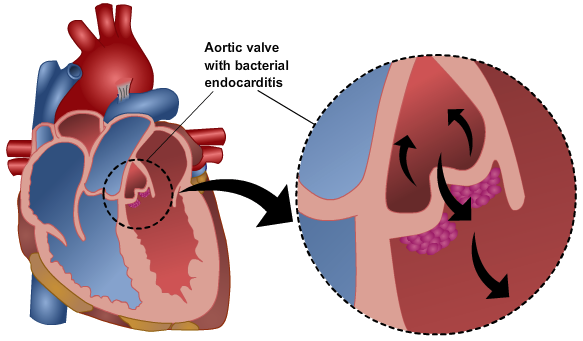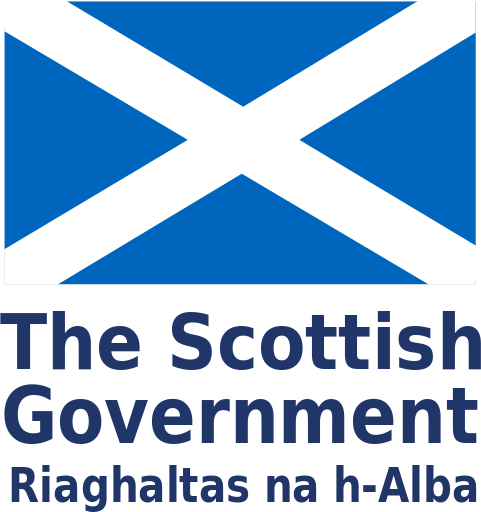Introduction
- Infection on heart lining or valves which have a poor blood supply and so often cannot get rid of infection
- Depending on bacteria causing infection may present as a severe acute illness (e.g. staphylococcus aureus) or more chronic illness developing over weeks or even months (e.g. streptococcus milleri)
- Infected vegetations on the heart valves can embolise to the brain and cause stroke, or to other organs (see illustration below)
- Emboli may block blood vessels causing ischaemic stroke or cause the blood vessels to become aneurysmal and to rupture causing a haemorrhagic stroke
- Most commonly affects the mitral and aortic valves. If affects tricuspid or pulmonary valves unlikely to cause strokes
- May be detected on transthoracic echocardiogram but transoesophageal echocardiography more likely to show vegetations
- Positive blood cultures after stroke may indicate the presence of endocarditis
- Mostly seen in people over 50 years of age and men are twice as likely to be affected than women.
- Those having an existing heart valve replacement or surgery to repair a congenital heart defect are more at risk. Can be related to poor dental health. NHS: Endocarditis

Image label:
Aortic valve with bacterial endocarditis
Page last reviewed: 25 Feb 2022


